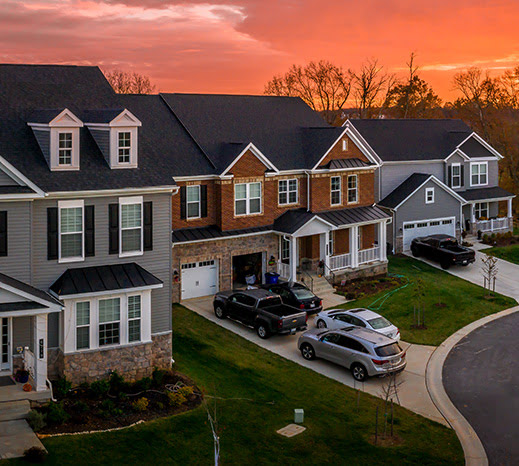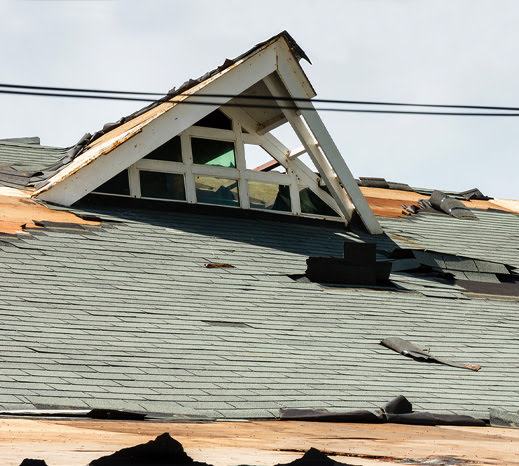Tidewater Roofing is here to help Virginia residents protect their homes and businesses from water damage. Here’s our in-depth look at what happens when water collects at the foundation of your building, and how you can prevent the damage it causes.
...
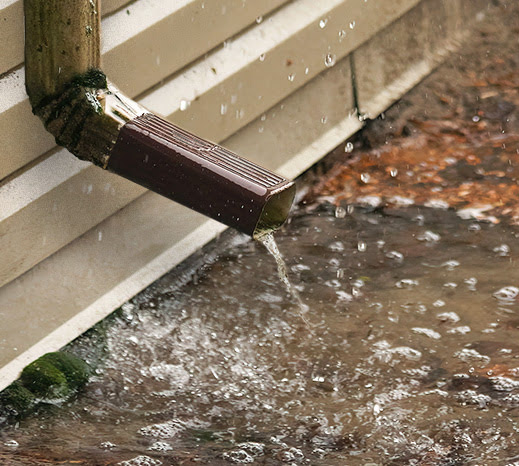
Water is powerful. It's behind some of nature’s most formidable events—tsunamis, floods, and hurricanes. It has sculpted wonders like the Grand Canyon and Carlsbad Caverns. But it’s actually pooling water you should worry about most as a Virginia homeowner, because water that collects at your building’s foundation can severely impact your property’s appearance, safety, and value.
Our team at Tidewater Roofing knows all kinds of ways to keep rainwater away from your building’s foundation, including leaf-free gutter systems that ensure proper drainage during storms and prevent overflows. Below, we explain exactly how water can affect this integral part of your building and what you can do to protect your investment.
How Water Collects at Your Building’s Foundation
Water can make its way to the foundation of your home or business from a few different sources. Here are some of the most common ones:
- Natural flow from nearby bedrock
- Runoff from sloped landscaping
- Water in backfilled soil
- Excess from well-watered gardens near the foundation
- Poorly designed or clogged gutters
- Broken water lines beneath buildings
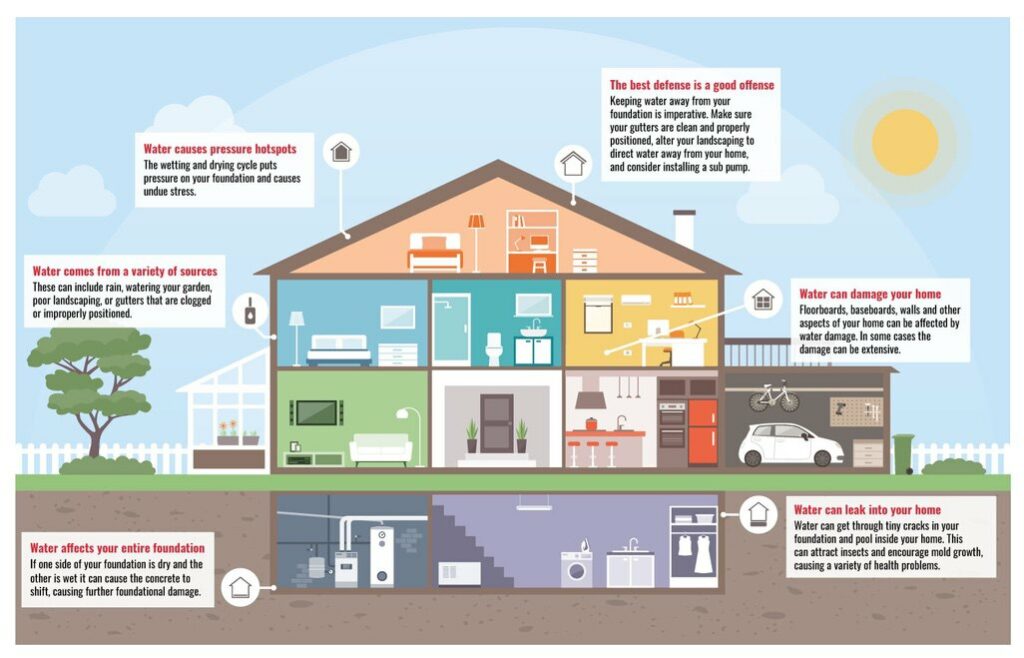
How Water Can Damage Your Home’s Foundation
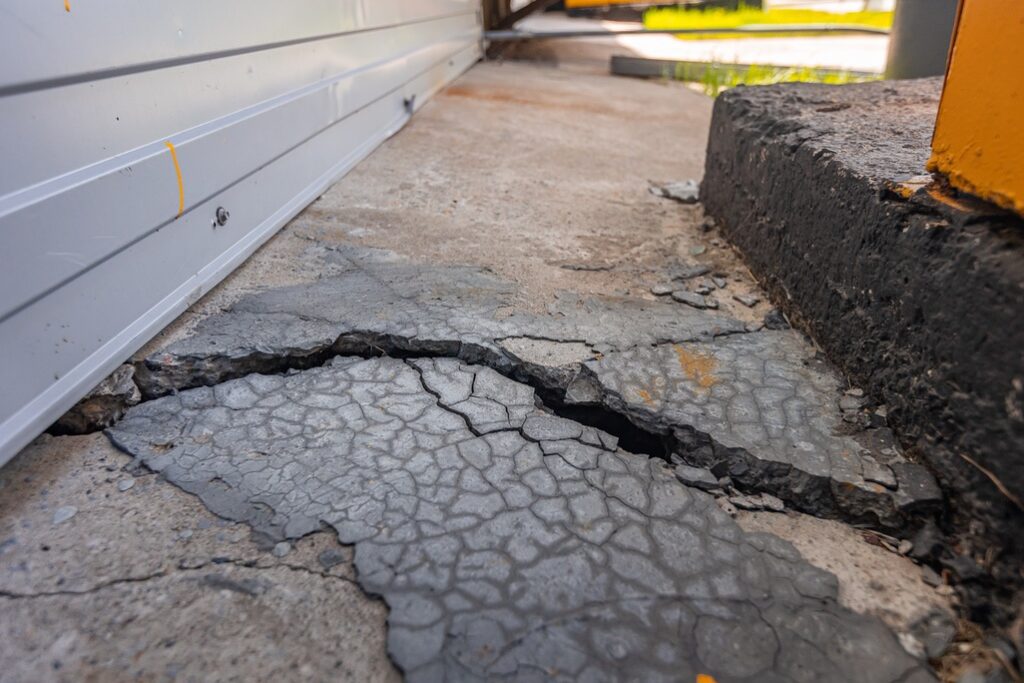
Pressure
- Foundation Stress: Standing water creates something called hydrostatic pressure—essentially, the force caused by the weight of the water in question. As water accumulates and evaporates around your foundation, this pressure increases and decreases—creating a push-and-pull effect on your foundation that can stress and weaken the substructure over time.
- Horizontal Crevices: Water distribution is rarely even. For example, a pool of water on one side of your home and a large tree soaking up water on another side would create an imbalance that produces more stress coming from one direction. This can result in horizontal crevices.
- Structural Settling: Over time, pooling water can also make the ground around your home less stable—causing the building to settle and leading to creaky floors or doors that jam.
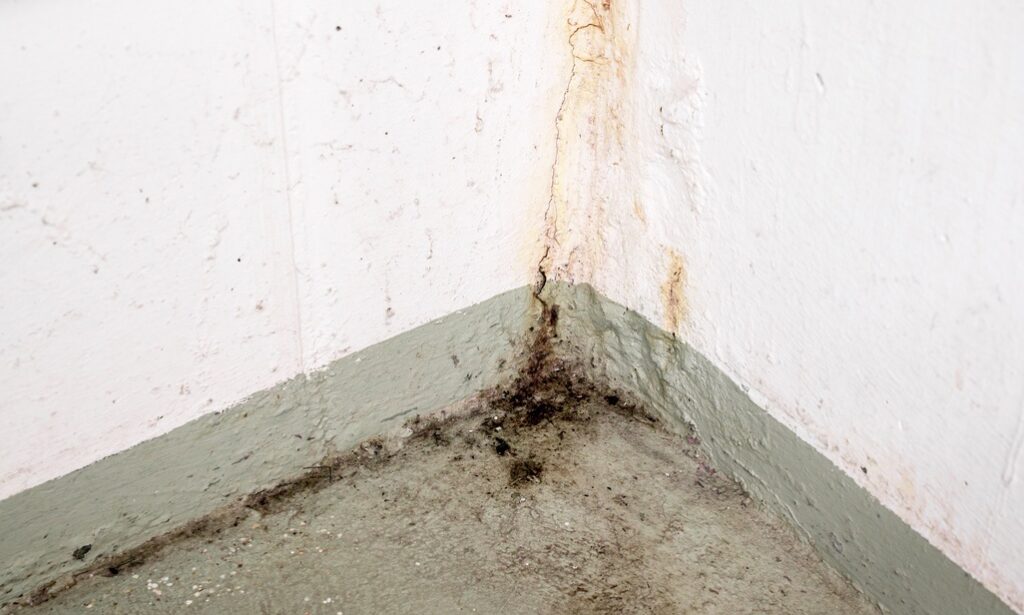
Liquid Infiltration
- Seepage: Standing water will seep into any cracks and gaps that exist in your foundation, penetrating the cement. With seasonal changes, this water expands and contracts, widening those cracks over time. When the cracks become wide enough, this water can leak through them and into your basement or crawl space.
- Interior and Exterior Damage: Water infiltration can discolor foundations, damage flooring types like hardwood and laminate, and harm baseboards and walls.
Health Concerns from Water Damage
As if potentially ruining your home wasn’t bad enough, water damage that’s left untreated can also impact the health of your household. Here’s how:
- Mold Growth & Indoor Air Quality: Damp basements become breeding grounds for mold, which affects your indoor air quality and poses health risks.
- Pest Attraction: The dampness can also attract bugs and pests, introducing unwanted housemates.
Protecting Your Foundation
When it comes to water damage, prevention is always better than trying to deal with the problem after it has occurred. To stop water from ruining your foundation, you’ll want to pay attention to two areas: the land around your home and your roof.
Landscaping
Improper landscape grading often directs water towards your building instead of away, which makes pooling far more likely. To ensure that water drains away from your foundation, you’ll want to make sure the grade of the area around your property carries water away from the building.
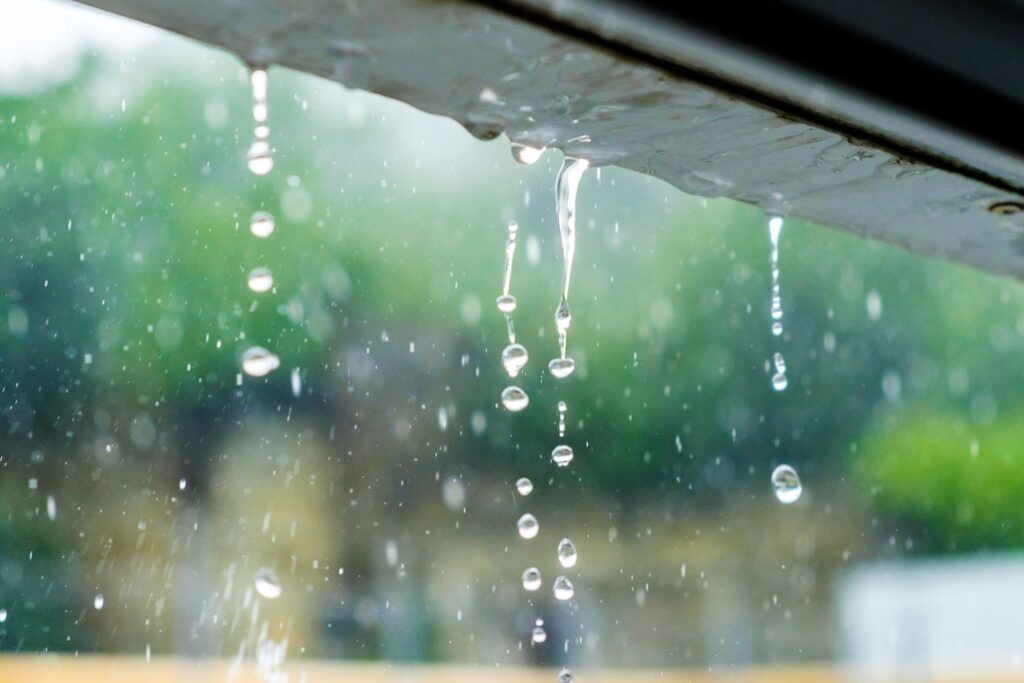
Roofing
Your roof is a critical part of your home’s drainage system, so don’t neglect it! Always make sure that you:
- Clean Your Gutters and Downspouts: Keeping these debris-free ensures that rainwater travels off your roof properly. Blocked gutters can lead to water spilling over the sides, pooling near the foundation. Leaf-free gutter systems are designed to function properly without maintenance and can be the easiest way to avoid this problem.
- Check Your Flashing: Making sure your flashing is intact prevents water from entering through roof joints, where it can make its way down to the bottom of the building.
- Install Drip Edges: These devices help channel water from the roof into the gutters so that it can be directed away from the foundation rather than dripping directly down walls.
- Regularly Trim Overhanging Trees: This prevents leaves from blocking gutters and downspouts, which can cause water overflow near the foundation.
A waterproof foundation can also act as a barrier against moisture infiltration, safeguarding your building from potential water damage. However, retrofitting your home with a waterproof foundation can be a difficult and time-consuming task, so it’s generally best to make sure your landscape and roofing materials are properly set up to prevent pooling water in the first place.
The Relationship Between Your Roof & Your Foundation
What it comes down to is this: protecting the top of your home is also the best way to protect the bottom. The more diligent you are about taking care of your roof and gutters, the less you’ll have to worry about water ending up at your foundation where it can cause damage.
To learn more about the roofing services that can prevent your foundation from being affected by water, contact Tidewater Roofing and speak with one of our home exterior experts—or browse the FAQ below.
FAQ About Water Damage
How does proper roofing help prevent water damage to foundations?
A well-maintained roof with clean gutters and downspouts ensures that water flows away from the building. When roofs fail to direct water properly, it can flow down exterior walls and pool near the foundation.
How can I tell if my foundation has water damage?
Indicators of foundation water damage include
- Visible cracks
- Mold or mildew smells
- A wet basement or crawl space
- Doors or windows that jam or won't latch
Can water pooling on my roof lead to foundation damage?
Yes. Water that pools on the roof can eventually seep through weak points, flow down walls, and accumulate at the foundation, leading to increased hydrostatic pressure and potential damage.
How often should I check my roof to prevent foundation damage?
We recommend inspecting your roof at least twice a year and after major storms. Regular maintenance, such as cleaning gutters and checking for roof damage, can play a significant role in preventing your foundation from experiencing water-related issues.

